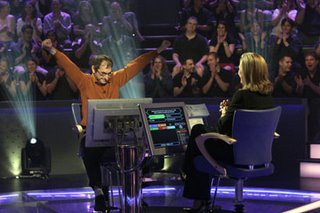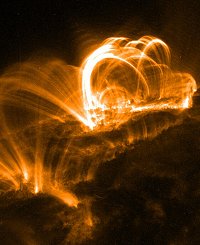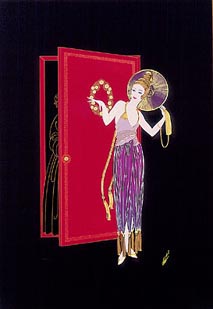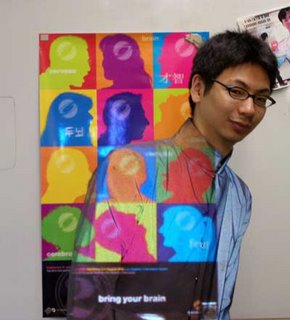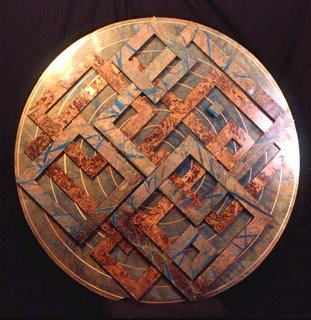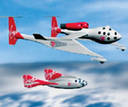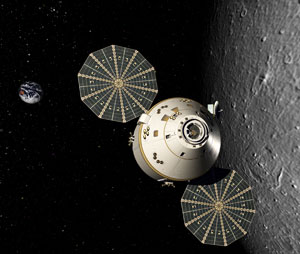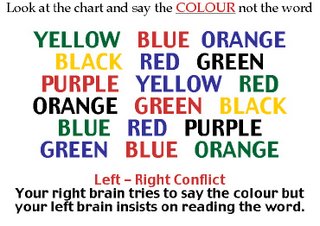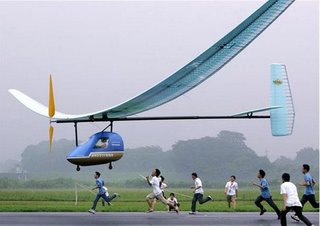Monday, November 27, 2006
Study Reveals How Magic Works. By Charles Q. Choi
Who wants to be a cognitive neuroscientist millionaire . By Ogi Ogas
Hew Yon Long claims his book gives a guide to proper relationships.

Keys to secret code
By MAJORIE CHIEW
MALAYSIAN civil engineer Hew Yon Long, 42, has a new theory to explain and predict human behaviour. In Correlativity, The Secret Code of Life, Hew’s fifth and latest book, he claims to provide the keys to unlock the secret code of life (that is, to predict human behaviour).
Tuesday, November 14, 2006
Monday, November 13, 2006
Thursday, November 09, 2006
Solar flare largest ever seen
UK supercomputer sets faster pace
Pacific Ocean gives birth to new volcanic island: eyewitnesses
Z machine melts diamond to puddle

Sandia’s Z machine, by creating pressures more than 10 million times that of the atmosphere at sea level, has turned a diamond sheet into a pool of liquid.
The object of the experiment was to better understand the characteristics of diamond under the extreme pressure it would face when used as a capsule for a BB- sized pellet intended to fuel a nuclear fusion reaction.
The experiment is another step in the drive to release enough energy from fused atoms to create unlimited electrical power for humanity. Control of this process has been sought for 50 years.
Art and the Conscious Brain
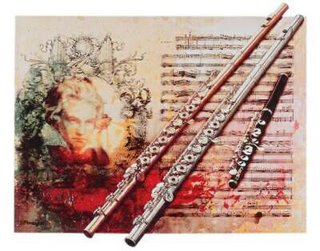
<<... There are two aspects to viewing art: nativistic perception--the synchronicity of eye and brain that transforms electromagnetic energy into neuro-chemical codes--which is "hard-wired" into the sensory-cognitive system; and directed perception, which incorporates personal history and knowledge--the entire set of our expectations and past experiences. Both forms of perception are part of the appreciation of art, and both are products of the evolution of the conscious brain over hundreds of thousands of years...>> . ( Robert L. Solso in The Psychology of Art and the Evolution of the Conscious Brain ).
When science dissects art
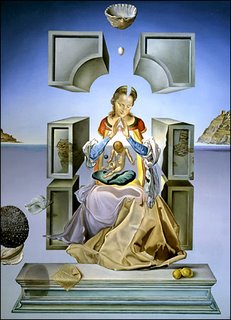
The noted neuroscientist Vilayanur Subramanian Ramachandran of San Diego has attempted to answer this question, using the principles of cognitive neurosciences.
He believes that there is such universality. He further proposes ten universal `laws' of art, or basic features that evoke responses in the human brain.
These are (1) peak shift, (2) grouping, (3) contrast, (4) isolation, (5) perceptual problem solving, (6) symmetry, (7) abhorrence of coincidence/generic viewpoint, (8) repetition, rhythm and orderliness, (9) balance and (10) metaphor. These might be thought of as the ten features that form the basis of `neuroaesthetics.' And they may well have an evolutionary origin and basis.
Saturday, October 28, 2006
Optical Camouflage
Wednesday, October 18, 2006
Super-light body vests to beat bullets

A SUPER lightweight fabric which could stop a bullet is being developed by scientists in Cheshire.
Experts at the Daresbury Laboratory, near Warrington, believe that by weaving tiny particles - called nanoparticles - into materials they should be able to create strong but lightweight suits which could be worn by police instead of heavy body armour.
Creating a stink in the name of science
Exploratorium
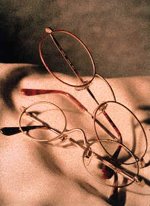
On this site you can find information ABOUT the collection, a selection of online EXHIBITS illustrating visual phenomena, a set of pages exploring novel and thought-provoking IDEAS about seeing, and many LINKS to other sites where you can find more information about the science and mystery of how we see the world.
Saturday, October 07, 2006
Wednesday, October 04, 2006
Virgin spaceships
Thursday, September 28, 2006
Rock clocks help identify and date ore deposits
FUTURE HUMANITY INSTITUTE

The Future of Humanity Institute aims to become humanity's best effort at understanding and evaluating its own long-term prospects. The Institute looks at how anticipated technological developments could affect the human condition. There are currently three broad research areas: human enhancement, global catastrophic risks, and methodological issues that arise in the study of big picture issues.
Constellation Program
Hubble's eye
Friday, September 22, 2006
The world's only truly INTERNATIONAL architecture magazine

The Architectural Review is the world's only truly international architecture magazine. Every month, it presents a wide-ranging vision of international design to architects and architectural students worldwide. It is a source of inspiration to thousands, providing subscribers with detailed and finely-illustrated reviews of architectural projects - from small to large, residential to commercial, all over the globe.
Solar-Powered Autonomous Underwater Vehicle
Science and Engineering Visualization Challenge 2006

Science and the National Science Foundation are pleased to announce the winners of the fourth annual Science and Engineering Visualization Challenge. The links on this page will take you to articles describing the accomplishments of the creative and gifted scientists, artists, and others who put the winning entries together, as well as an online slide presentation that showcases the competition's winners and honorable mentions. All material is freely available for all site visitors.
Some of science’s most powerful statements are not made in words. From the diagrams of DaVinci to Hooke’s microscopic bestiary, the beaks of Darwin’s finches, Rosalind Franklin’s x-rays or the latest photographic marvels retrieved from the remotest galactic outback, visualization of research has a long and literally illustrious history. To illustrate is, etymologically and actually, to enlighten.
You can do science without graphics. But it’s very difficult to communicate it in the absence of pictures. Indeed, some insights can only be made widely comprehensible as images. How many people would have heard of fractal geometry or the double helix or solar flares or synaptic morphology or the cosmic microwave background if they had been described solely in words?
Introduction to VRML 2.0
Friday, September 15, 2006
Colourful beginning for humanity
Public 'needs to drive science'
'Oldest' New World writing found
Monday, September 11, 2006
The Hidden Pattern

The Hidden Pattern
A Patternist Philosophy of Mind
Ben Goertzel
ben@goertzel.org
The Hidden Pattern presents a novel philosophy of mind, intended to form a coherent conceptual framework within which it is possible to understand the diverse aspects of mind and intelligence in a unified way. The central concept of the philosophy presented is the concept of “pattern”: minds and the world they live in and co-create are viewed as patterned systems of patterns, evolving over time, and various aspects of subjective experience and individual and social intelligence are analyzed in detail in this light.
Computers write news at Thomson

First it was the typewriter, then the teleprinter.
Now a US news service has found a way to replace human beings in the newsroom and is instead using computers to write some of its stories.
Thomson Financial, the business information group, has been using computers to generate some stories since March and is so pleased with the results that it plans to expand the practice.
Monday, July 31, 2006
Research investigates electricity in wound healing

An international team of scientists has discovered two genes that enable cells to respond to electrical signals in the body to heal wounds. They also showed that by applying an electrical field to a wound they could change the movement of cells and speed up the healing process. "Our studies show that electricity in the body is far more important than previously thought and that it has significant potential in wound healing and possibly also regeneration," said Professor Min Zhao, of the University of Aberdeen in Scotland, who headed the research team.
Sunday, July 30, 2006
Saturday, July 29, 2006
Guggenheim Study Suggests Arts Education Benefits Literacy Skills
Tuesday, July 25, 2006
Skin onto metal

Science brings us closer to the cyborg self of science fiction.
In real life a group of British scientists from the University College London's Biomedical Centre has reportedly overcome what's described as one of the great challenges of modern medicine and devised technology that allows skin to bind with metal.
Monday, July 24, 2006
Astronomers glimpse exploded star
Wednesday, July 19, 2006
Piloted aircraft powered by disposable batteries
Monday, July 17, 2006
Incredible pictures: the moment lightning shared the sky with a rainbow
Sex ID test

Some researchers say that men can have 'women's brains' and that women can think more like men.
Get a brain sex profile and find out if you think like a man or a woman.
See if you can gaze into someone's eyes and know what they're thinking.
Find out why scientists are interested in the length of your fingers.
See how your results relate to theories about brain sex.
Subscribe to:
Posts (Atom)

